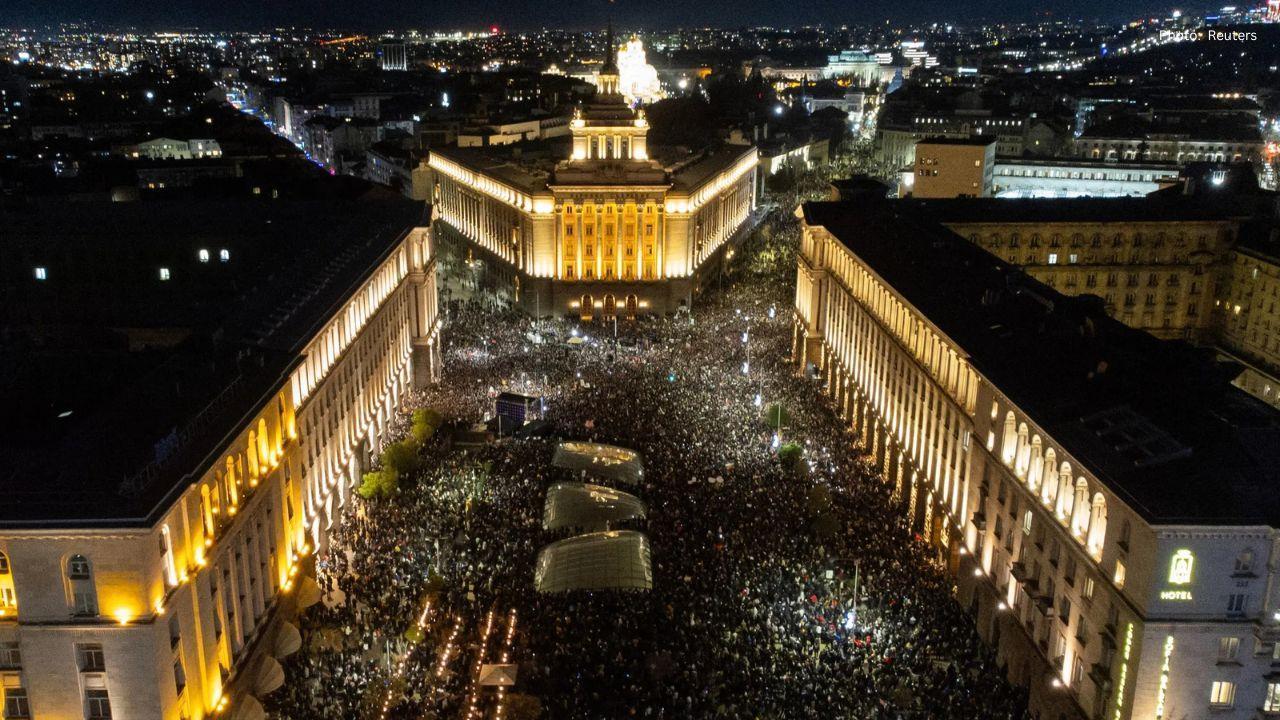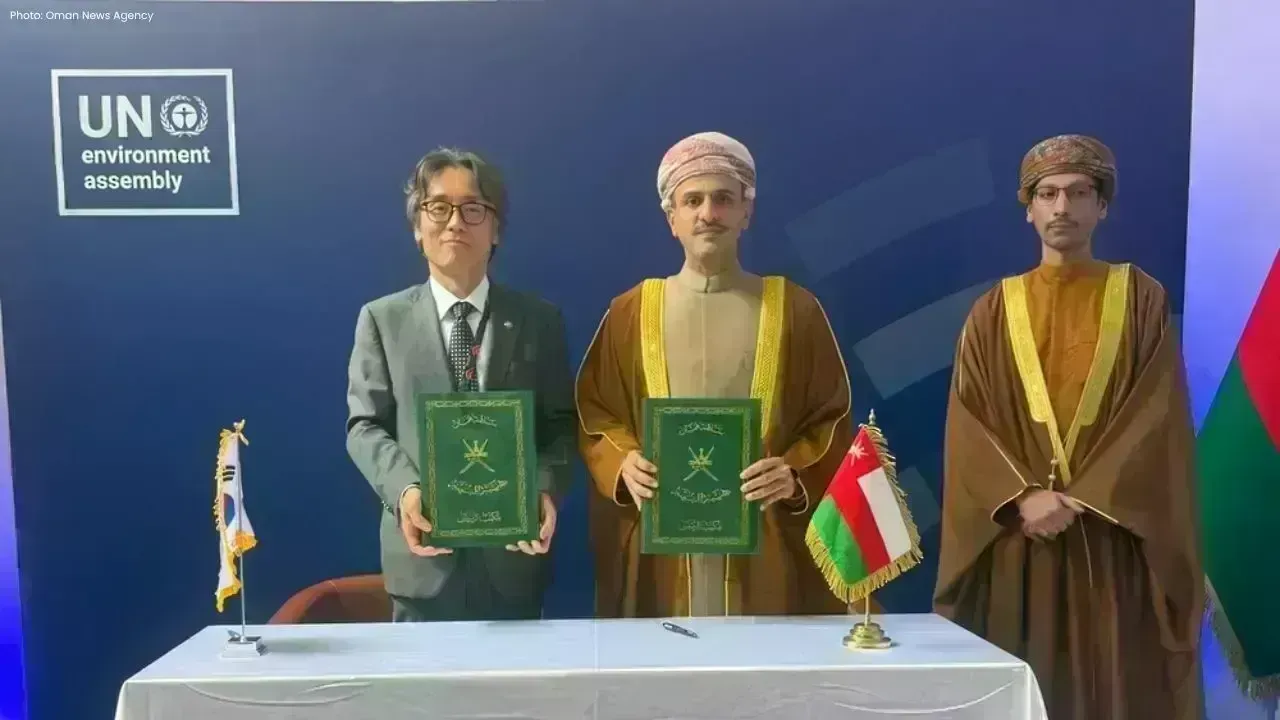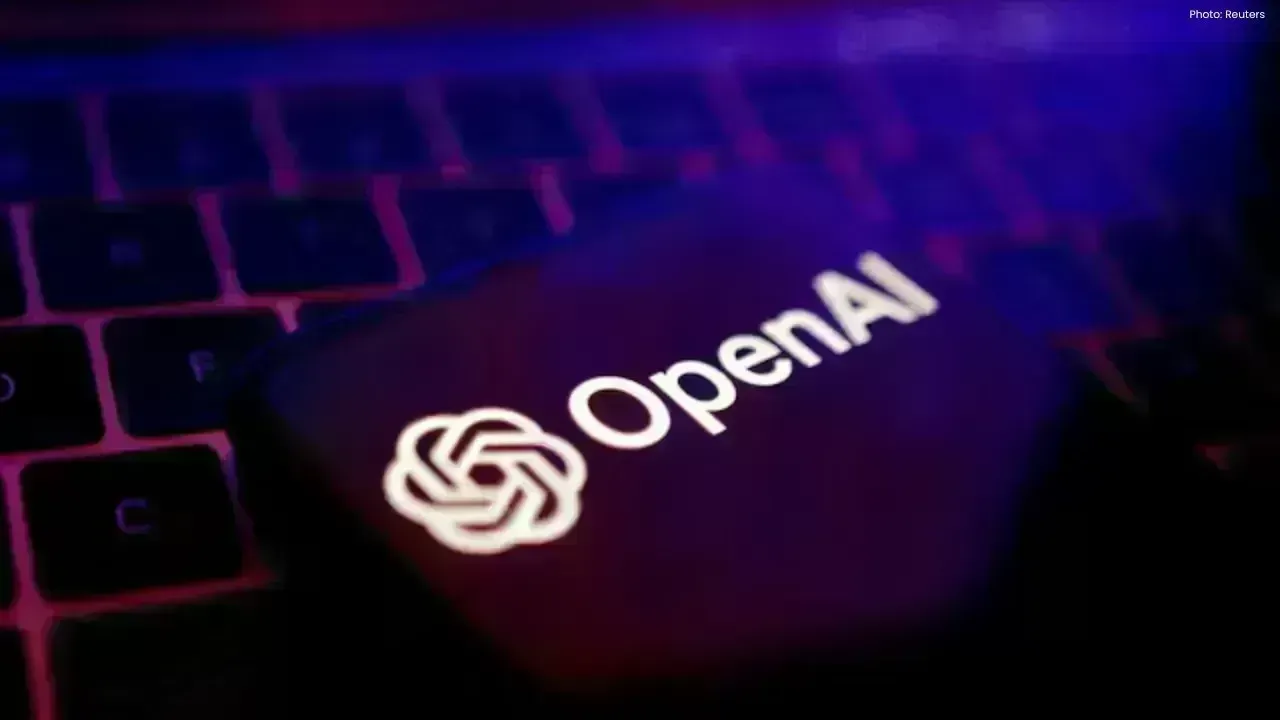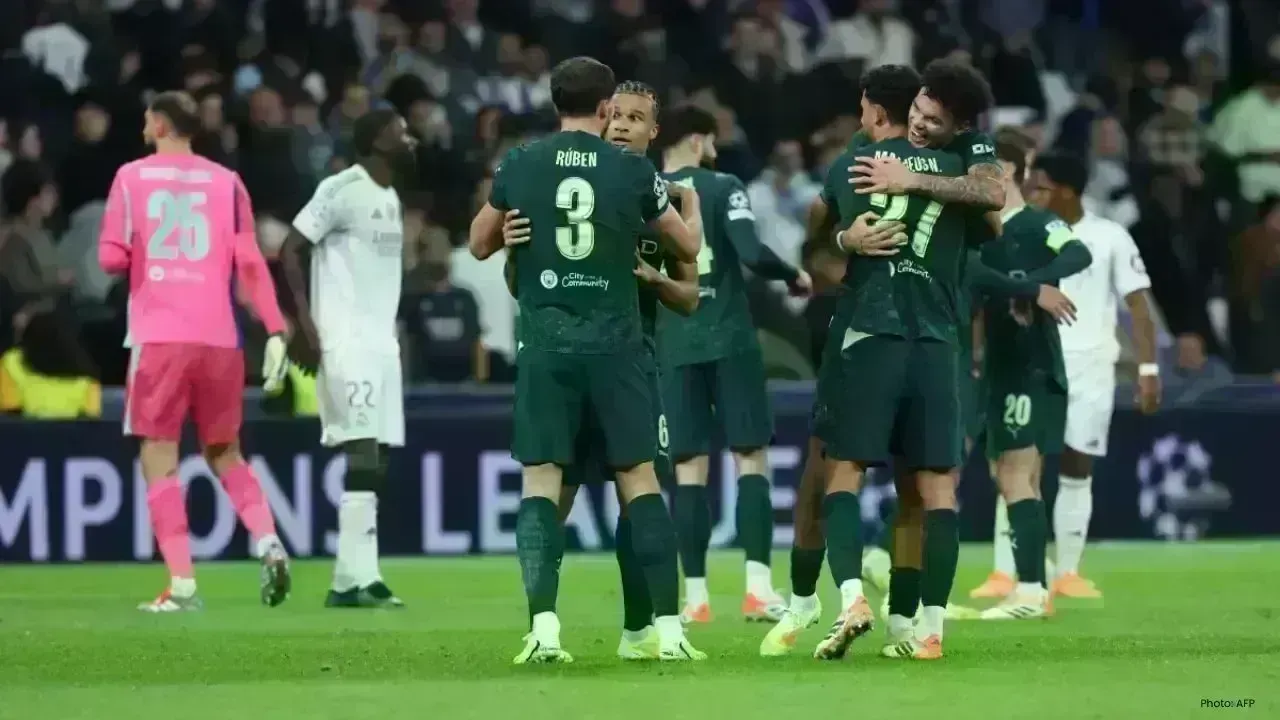
Post by : Monika
Photo: Reuters
In a remarkable discovery in Argentina, a stolen painting from the time of World War II has resurfaced after more than 80 years. The artwork, known as Portrait of Contessa Colleoni, was created by Giuseppe Ghislandi, a famous Italian artist in the 18th century. Before the Second World War, this painting belonged to Jacques Goudstikker, a Jewish art dealer from the Netherlands.
During World War II, the Nazis took the painting from Goudstikker. It disappeared during the war, and for decades, no one knew its whereabouts. The artwork, like many other valuable pieces stolen by Nazis, was thought to have been lost forever.
Now, in 2025, the painting has been discovered in Mar del Plata, a city in Argentina. The discovery has sparked a legal investigation and renewed attention on Nazi-looted art that still remains missing around the world.
How the Painting Was Found
Authorities found the painting in the house of Patricia Kadgien, the daughter of a former Nazi officer named Friedrich Kadgien. The painting came to light after a photo of it appeared in an online real estate listing for the house. The unusual presence of an expensive and historical artwork in a private home caught the attention of experts and authorities.
Argentine police immediately started investigating the home and the painting. They suspected that Patricia Kadgien and her husband, Juan Carlos Cortegoso, may have known about the painting’s origins and tried to hide it.
The investigation revealed that the couple had not reported the painting’s presence, and they may have been aware that it was stolen decades ago. This discovery prompted authorities to take action to ensure the painting was secured and that the rightful owners or heirs could be identified.
Who Are the People Involved?
Patricia Kadgien is the daughter of Friedrich Kadgien, a former Nazi officer who lived during World War II. Little is known publicly about her father’s specific actions during the war, but the family has long been linked to Nazi history.
Juan Carlos Cortegoso, Patricia’s husband, lives with her in Mar del Plata. Both are now under investigation for possibly hiding stolen property. Prosecutors in Argentina have accused them of “aggravated concealment,” which is a legal term for knowingly keeping stolen property and attempting to prevent authorities from reclaiming it.
Authorities suspect that Patricia and her husband may have tried to remove any evidence of the painting’s presence before officials could act. Reports say they may have taken down the online listing for the house to avoid drawing attention.
The Legal Case in Argentina
After the discovery of the painting, a judge in Argentina issued an order placing restrictions on Patricia Kadgien and her husband. They are required to remain at home for 180 days while the investigation continues. They have been asked to surrender their passports and are only allowed to leave their residence with court permission.
The painting itself has been moved to the Buenos Aires Holocaust Museum. Museum officials are currently taking care of it while the authorities decide on its legal status and who should rightfully own it. The museum provides a secure location to protect the artwork and also ensures it is properly documented for historical and legal purposes.
Importance of Recovering Stolen Nazi Art
The discovery of this painting is not just about a single artwork; it is part of a larger effort to recover stolen art from the time of the Holocaust. During World War II, the Nazis stole thousands of artworks, often from Jewish families. Many of these works have still not been returned. Recovering these items is crucial not only for their monetary value but also for historical justice and remembering the victims of the war.
Jacques Goudstikker, the original owner of the painting, was forced to flee the Netherlands when the Nazis invaded. He tried to protect his collection, but many items were stolen during his escape. After the war, only some of the artworks were returned to his heirs. The discovery of this painting in Argentina adds a new chapter to the story of Nazi-looted art and the ongoing efforts to trace and restore it.
What Could Happen Next
Once the investigation is complete, the authorities may return the painting to the Netherlands or to the heirs of Jacques Goudstikker. International laws and agreements on stolen art guide these decisions, aiming to restore stolen property to the rightful owners.
It is also possible that further investigation will reveal more stolen items connected to the Kadgien family or others. Authorities continue to examine the house and any other possessions to ensure that no other stolen artworks are hidden.
Legal experts note that cases like this are often complicated. The passage of time, changes in ownership, and the movement of artworks across countries make it difficult to establish clear ownership. However, recovering stolen art remains a priority for many governments, museums, and organizations dedicated to preserving cultural heritage.
Public Reaction and Historical Significance
News of the discovery has attracted attention not only in Argentina but also internationally. Historians, art experts, and Jewish organizations have praised the recovery of the painting as a positive step toward justice for families affected by Nazi theft.
The case also highlights the importance of vigilance in the art world. Even decades after World War II, stolen pieces can appear in private collections. Experts emphasize that careful documentation, international cooperation, and public awareness are necessary to identify and return stolen artworks.
Museums and collectors are reminded to carefully research the history of any artwork they acquire. Provenance, or the record of ownership of an artwork, is essential to ensure that the item has not been stolen or illegally obtained.
The Role of Museums
The Buenos Aires Holocaust Museum is currently holding the painting. Museums play a crucial role in protecting recovered art. By keeping the painting in a safe location, experts can study it, document its history, and prepare for its eventual return to the rightful owners.
This case demonstrates how museums and authorities work together to solve historical mysteries. Recovering stolen art is not only about justice but also about preserving history for future generations.
Lessons from the Case
The discovery of this painting teaches several lessons. First, history can resurface in unexpected ways, even decades after events have passed. Second, the art world must remain vigilant against stolen or illegally obtained items. Third, international cooperation is essential to ensure that stolen artworks are returned to their rightful owners.
Finally, this case reminds us of the human stories behind stolen art. Each piece represents a life disrupted, a family affected, or a culture under threat. Returning stolen items is a small but meaningful step toward acknowledging those losses and restoring justice.
The discovery of Portrait of Contessa Colleoni in Argentina is an extraordinary story of history, justice, and the enduring legacy of World War II. Patricia Kadgien and her husband are now under investigation for hiding the painting, while authorities work to ensure it is returned to the rightful heirs.
As investigations continue, this case serves as a reminder that history leaves traces, and the pursuit of justice can span generations. Recovering stolen art is about more than money—it is about preserving culture, remembering history, and honoring the memories of those who suffered during one of the darkest times in modern history.
The world will watch closely as the investigation unfolds, hoping that this recovered painting, lost for more than 80 years, will soon be returned to the family it was taken from, completing a long journey from theft to justice.










OpenAI Highlights Growing Cybersecurity Threats from Emerging AI Technologies
OpenAI has raised alarms about the increasing cyber risks from its upcoming AI models, emphasizing s

Manchester City Triumphs 2-1 Against Real Madrid, Alonso Faces Increased Scrutiny
Manchester City secured a 2-1 victory over Real Madrid, raising concerns for coach Xabi Alonso amid

Cristiano Ronaldo Leads Al Nassr to 4-2 Victory Over Al Wahda in Friendly Face-Off
Ronaldo's goal helped Al Nassr secure a 4-2 friendly win over Al Wahda, boosting anticipation for th

Landon Donovan Challenges Australia Coach on World Cup Prospects
Landon Donovan counters Australia coach Tony Popovic’s optimism for the World Cup, expecting an earl

Mercedes-Benz Forms Landmark Partnership with WTA
Mercedes-Benz and the WTA unveil a significant partnership effective January 2026, with major invest

Abhishek Addresses Divorce Rumours Concerning His Family
Abhishek Bachchan confirms that daughter Aaradhya remains oblivious to divorce speculations, focusin